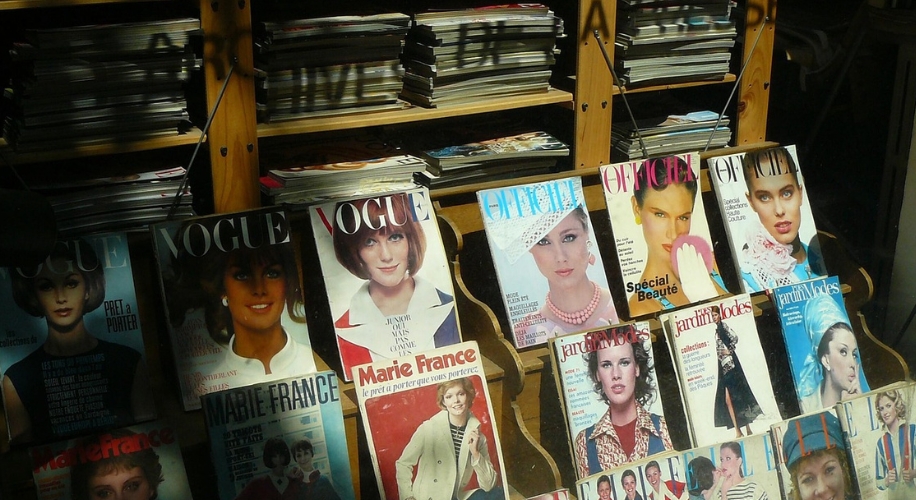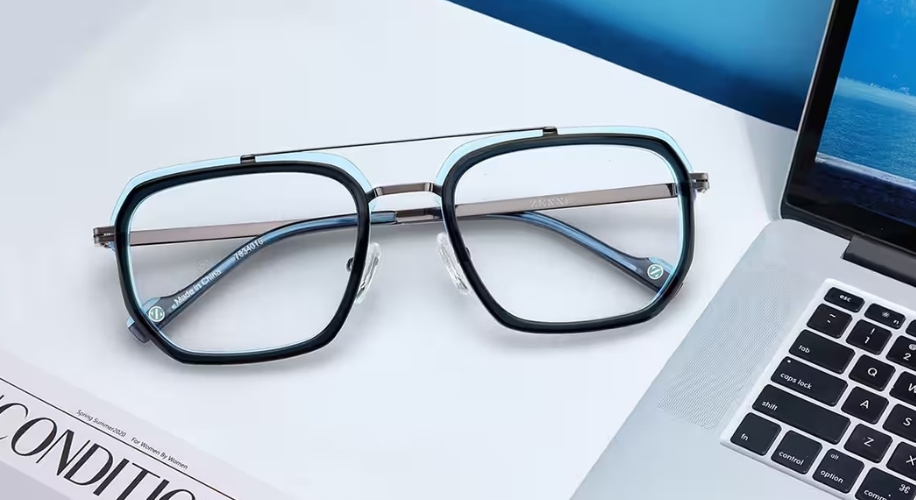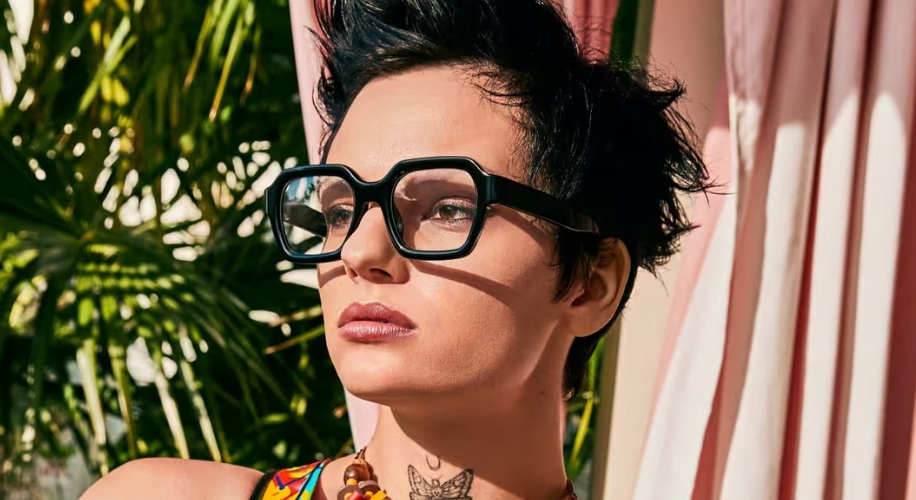The Evolution of Eyewear Fashion: From Vintage to Modern Trends
- BY Dr. Steven Liem
- IN Fashion
Eyewear has evolved dramatically over the years, transitioning from a purely functional accessory to a major fashion statement. This journey through time highlights how eyewear styles have transformed and how Zenni keeps pace with contemporary trends.

The Early Days: Function Over Form
Eyewear dates back to the 13th century when the first rudimentary glasses were invented. These early spectacles were designed solely for functionality, helping people with poor vision see more clearly. The frames were often heavy and uncomfortable, made from materials like wood, bone, and leather. Style was an afterthought; practicality was paramount.
The Roaring 20s: The Dawn of Fashionable Eyewear
The 1920s marked a significant turning point for eyewear. Glasses began to be seen as a fashion accessory. Round frames were popular, often made from tortoiseshell or metal. Celebrities and public figures started to embrace eyewear, making it more acceptable and fashionable for the general public. The iconic pince-nez, which clipped onto the nose without earpieces, also gained popularity during this time.
The Fabulous 50s: Cat-Eye and Wayfarers
The 1950s saw the rise of bold and dramatic eyewear styles. The cat-eye frame, with its upswept edges, became synonymous with femininity and glamor. Marilyn Monroe and Audrey Hepburn famously sported these frames, cementing their place in fashion history. For men, the Wayfarer, introduced by Ray-Ban in 1952, became an instant classic with its sturdy plastic frame and distinctive shape. These styles are still influential today, often reinterpreted in modern eyewear collections.
The Swinging 60s and 70s: Experimentation and Individuality
The 1960s and 70s were all about breaking the mold. Eyewear became more diverse, with designers experimenting with shapes, colors, and materials. Oversized frames, round Lennon glasses, and aviators became the epitome of cool. This era encouraged individuality, and glasses were no longer just for vision correction but were a means to express one’s personality and style.
The 80s and 90s: Bold and Bright
Eyewear in the 1980s was characterized by bold colors and oversized frames. Neon hues and geometric shapes were all the rage, reflecting the exuberant fashion trends of the decade. The 90s, in contrast, embraced a more minimalist approach. Thin wire frames and the iconic small oval glasses, popularized by figures like John Lennon and later by The Matrix, became fashion staples.
The 21st Century: A Blend of Vintage and Modern
Today, eyewear fashion is a blend of vintage inspiration and modern innovation. Retro styles like cat-eye, round frames, and aviators are making a comeback but with contemporary twists. Technological advancements have also revolutionized eyewear, with lightweight materials, blue light blocking lenses, and customizable options becoming standard.
Zenni: Leading the Charge in Modern Eyewear Trends
Zenni has been leading the charge in eyewear innovation, blending style, affordability, and advanced technology seamlessly. Our diverse collections range from timeless classics to bold, avant-garde designs, catering to every fashion preference. With cutting-edge lens technologies like EyeQLenz, Zenni ensures that you not only look great but also enjoy unmatched visual comfort and protection. Plus, our commitment to quality and customer satisfaction means you can trust us to meet all your eyewear needs with excellence.
Embrace Your Style with Zenni
As eyewear continues to evolve, Zenni remains committed to offering frames that reflect the latest trends while honoring timeless styles. Whether you’re drawn to the vintage allure of cat-eye glasses or the sleek lines of modern minimalist frames, Zenni has something for everyone. Embrace the evolution of eyewear fashion with Zenni and find the perfect pair that speaks to your unique style. Explore Zenni’s latest collections and discover how you can elevate your eyewear game with frames that blend the best of vintage and modern trends.



